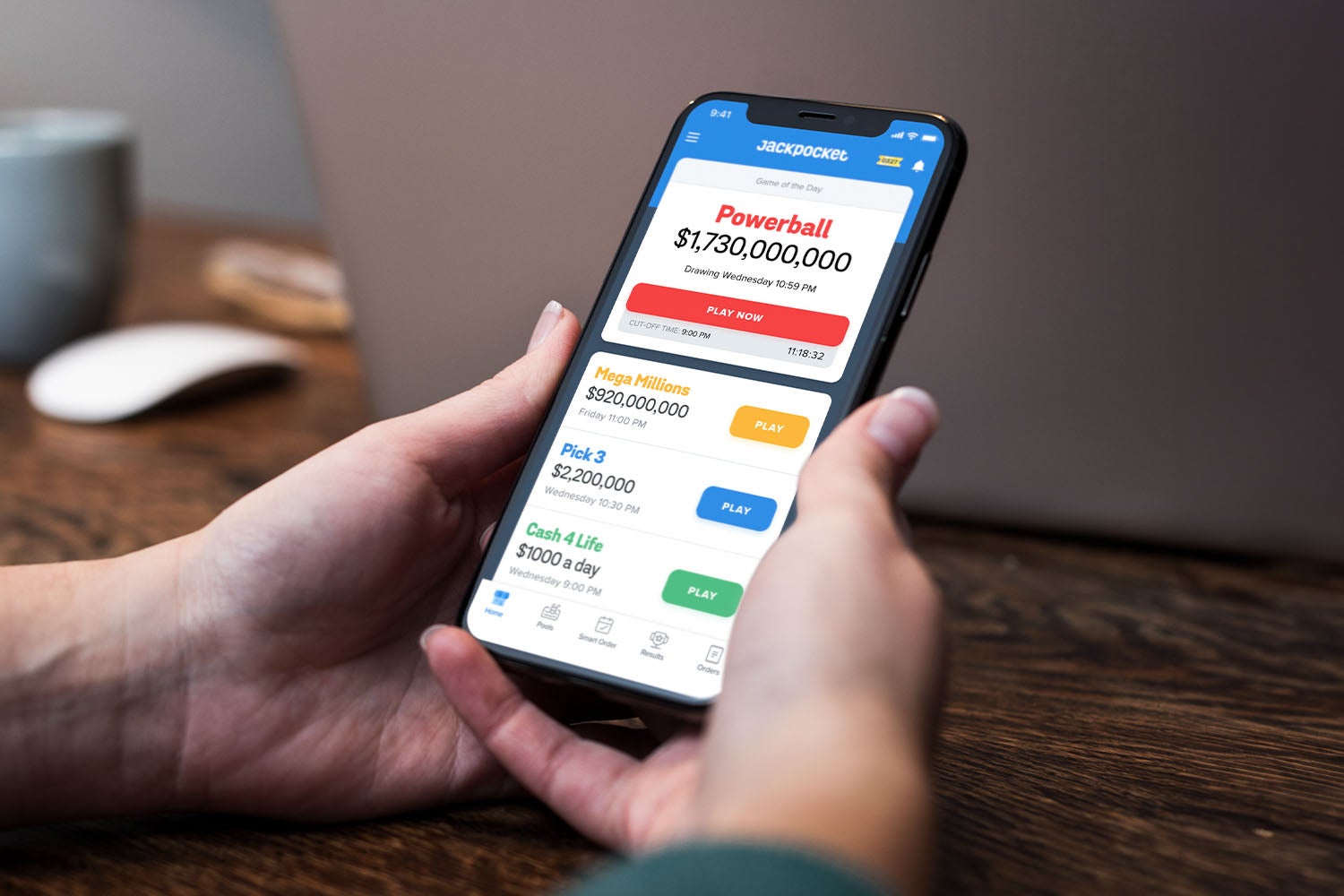
Forex trading can be highly rewarding, but it’s also filled with challenges. Even experienced traders can make mistakes that lead to losses. Understanding forex the most common trading mistakes and learning how to avoid them is essential for long-term success in the forex market. In this article, we’ll discuss some of the most prevalent mistakes that traders make and provide practical tips on how to steer clear of these pitfalls, ensuring that your trading journey is as smooth and profitable as possible.
One of the most common mistakes forex traders make is not having a clear trading plan. Trading without a plan is like sailing without a map. A solid trading plan outlines your goals, risk tolerance, strategies, and the rules for entering and exiting trades. Without a plan, traders are more likely to make impulsive decisions based on emotions like fear, greed, or impatience. This can result in overtrading, poor risk management, or entering trades at the wrong time. To avoid this mistake, take the time to develop a comprehensive trading plan that suits your style and stick to it. This plan should include specific criteria for trade setups, how much of your capital you’re willing to risk per trade, and clear rules for when to cut losses or take profits.
Another frequent mistake is overleveraging. Leverage allows traders to control larger positions with a smaller amount of capital, which can amplify both profits and losses. While leverage can be a powerful tool, it also increases the risk of significant losses. Many traders, especially beginners, fall into the trap of using too much leverage in an attempt to make larger profits. This can result in losing more than their initial investment if a trade goes against them. To avoid overleveraging, it’s crucial to understand how leverage works and use it responsibly. Most experts recommend risking no more than 1-2% of your trading capital on any single trade, regardless of the leverage you use. By keeping your position sizes reasonable, you can minimize the risk of large, uncontrollable losses.
Failing to manage risk effectively is another common mistake that can significantly harm a trader’s account. Successful traders understand that losses are an inevitable part of trading and that the key to long-term profitability lies in managing risk. Risk management involves setting stop-loss orders to protect yourself from large losses, as well as calculating your risk-to-reward ratio before entering a trade. Many traders either don’t use stop-losses or set them too close to the entry point, which can result in being stopped out prematurely. Others risk too much of their capital on a single trade, which can quickly erode their account if they experience a string of losses. To avoid this mistake, always calculate your risk-to-reward ratio before entering a trade and set stop-loss orders at logical levels based on market conditions. By limiting the potential for large losses, you can ensure that a few bad trades won’t wipe out your account.
A related mistake is chasing the market. This happens when traders try to enter a trade after missing an initial move, hoping to catch the tail end of a trend or price movement. Chasing the market usually leads to buying when prices are too high or selling when they are too low, resulting in unfavorable risk-to-reward ratios and higher chances of losing money. This mistake is often fueled by emotions like FOMO (fear of missing out) or impatience. To avoid chasing the market, stick to your trading plan and only enter trades when the conditions align with your predefined strategy. Remember that there will always be other opportunities, and trying to jump into a trade out of desperation rarely leads to success.
Letting emotions drive trading decisions is perhaps the most damaging mistake a trader can make. The emotional rollercoaster of trading—dealing with the highs of winning trades and the lows of losing trades—can cloud judgment and lead to impulsive, irrational decisions. Fear, greed, and overconfidence can all distort a trader’s thinking, resulting in excessive risk-taking, revenge trading after a loss, or holding onto losing positions for too long in the hope they’ll recover. To prevent emotions from taking over, it’s essential to develop mental discipline and a calm, logical approach to trading. One effective strategy is to take regular breaks from trading to reset your emotional state. Additionally, using a demo account to practice your trading strategy can help you get comfortable with managing your emotions without risking real money.
Lastly, neglecting to keep learning and adapting is a mistake that many traders make, especially after they’ve experienced some success. Forex markets are constantly evolving, and what works today may not work tomorrow. Trading strategies that worked in a particular market environment may become less effective as market conditions change. Additionally, new tools, indicators, and techniques are always emerging. Traders who stop learning and fail to adapt to these changes risk falling behind and losing their edge. To avoid this mistake, commit to continuous learning. Stay updated on market trends, economic news, and new developments in trading strategies. Joining trading communities, reading books, and attending webinars or courses can also help you stay sharp and continue improving your skills.
In conclusion, avoiding these common forex trading mistakes can significantly increase your chances of success in the market. By having a clear trading plan, managing risk effectively, resisting emotional impulses, and committing to ongoing learning, you can reduce the likelihood of making costly errors. Remember that trading is a marathon, not a sprint, and consistency, discipline, and patience are key factors that separate successful traders from those who fail. With the right mindset and strategy in place, you’ll be better equipped to navigate the challenges of forex trading and achieve long-term profitability.
